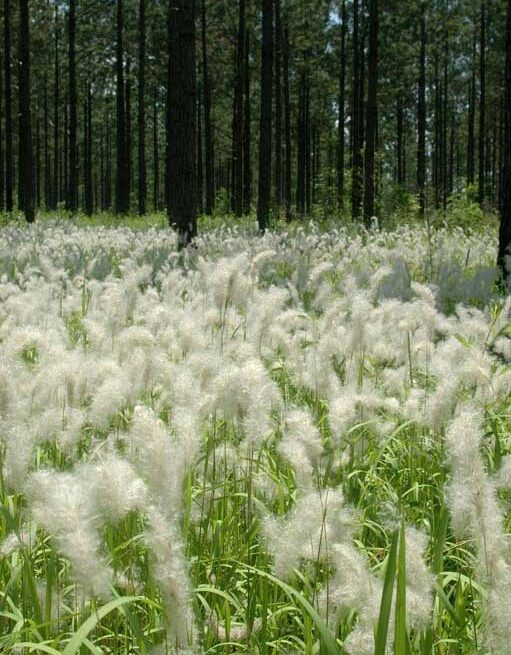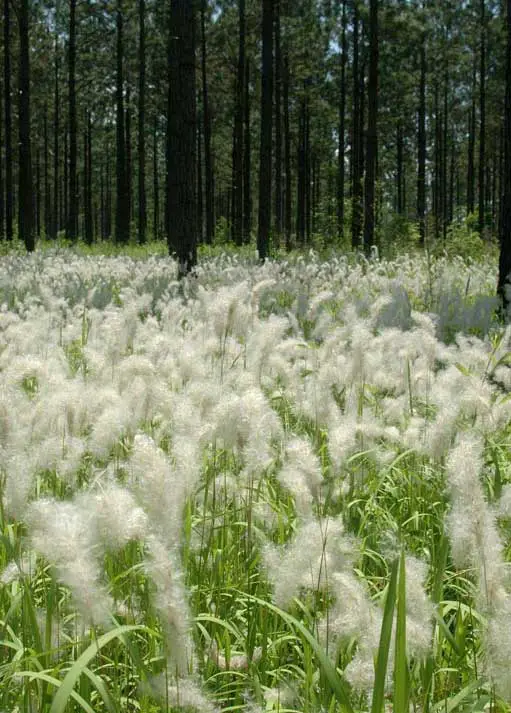
by: Mary Leigh Oliver
AUBURN UNIVERSITY, Ala. – Cogongrass continues to creep its way throughout the Southeast. There is an increasing prevalence in Alabama. Therefore, it is essential to understand the importance and magnitude of cogongrass, as well as how to rid your property of the invasive species.
What is Cogongrass?
According to Alabama Extension specialist Nancy Loewenstein, cogongrass is highly invasive and a federal noxious weed.
Once it begins to establish, it wreaks havoc on the environment.
“It has little wildlife value and outcompetes native plants, reducing biodiversity and forest productivity,” Loewenstein said.
Cogongrass can also quickly become a hazard because it burns hotter than native grasses. It is a major fire hazard and alters fire regimes.
Therefore, cogongrass is a quickly spreading threat that requires intense monitoring in Alabama.
Takeover in Alabama
Cogongrass continues to spread across the state through variously dispersed seeds and rhizomes. They are spread by wind, contaminated hay, fill dirt, nursery products, as well as machinery and other vehicles.
Not only is cogongrass continuing to spread, but due to an improvement in data sharing and mapping, a more accurate estimation of its infestation is available.
The public’s ability to identify and potentially remove cogongrass will aid specialists as they monitor the spread of this weed.
Identifying Cogongrass
“Being able to confidently identify cogongrass will help with early detection of new infestations,” she said. “It will also allow timely control efforts to begin, decreasing both the potential for spread and for negative impacts on site.”
The cogongrass leaves are the key identifiers. They are about 0.5 to 1 inch wide, and about 2 to 3 feet tall, although they can reach up to 5 to 6 feet.
Some leaves are very erect while others may droop or lie flat. They are often light yellowish-green in color with a prominent, white midrib.
The Importance of Removal
The sooner cogongrass is discovered and treatment is initiated, the easier it will be to control.
“Complete control requires the entire rhizome system, which forms a dense mat that contains about 50 percent of the plant biomass, to be killed,” Loewenstein said. “As patches get bigger and the rhizomes get denser, it can be harder to achieve good control.”
Loewenstein recommends accessing the Alabama Extension publication, Cogongrass Management FAQ, for more information about cogongrass control and management.
Treating congongrass quickly and effectively will help to slow the spread across Alabama and the Southeast.
More Information
For more information about cogongrass, visit the newly revised Field Guide to the Identification of Cogongrass and the Alabama Extension website, www.aces.edu.

